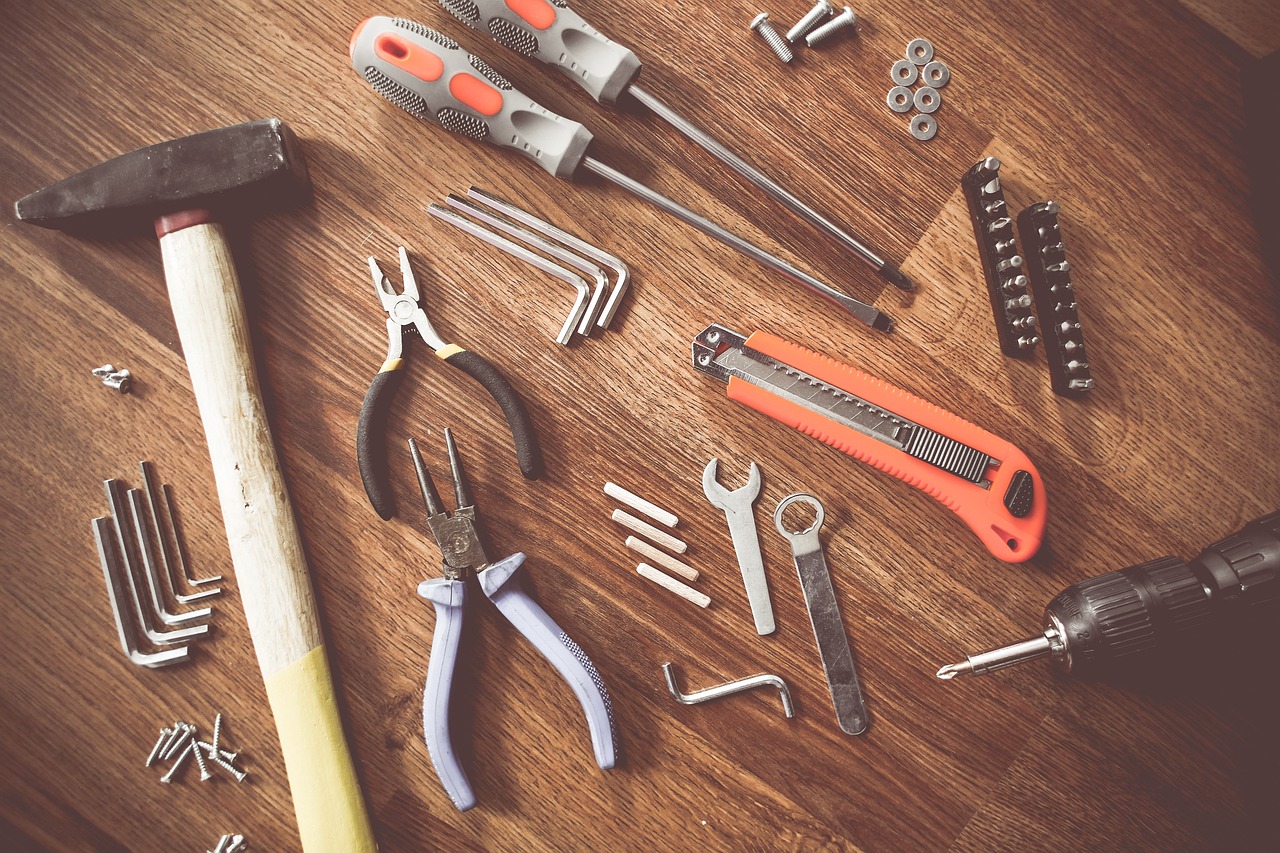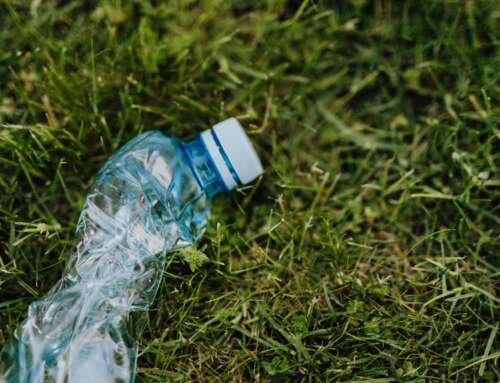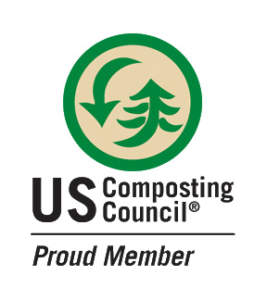Make E-Waste Your New Year’s Resolution
Make E-Waste Your New Year’s Resolution
Written By
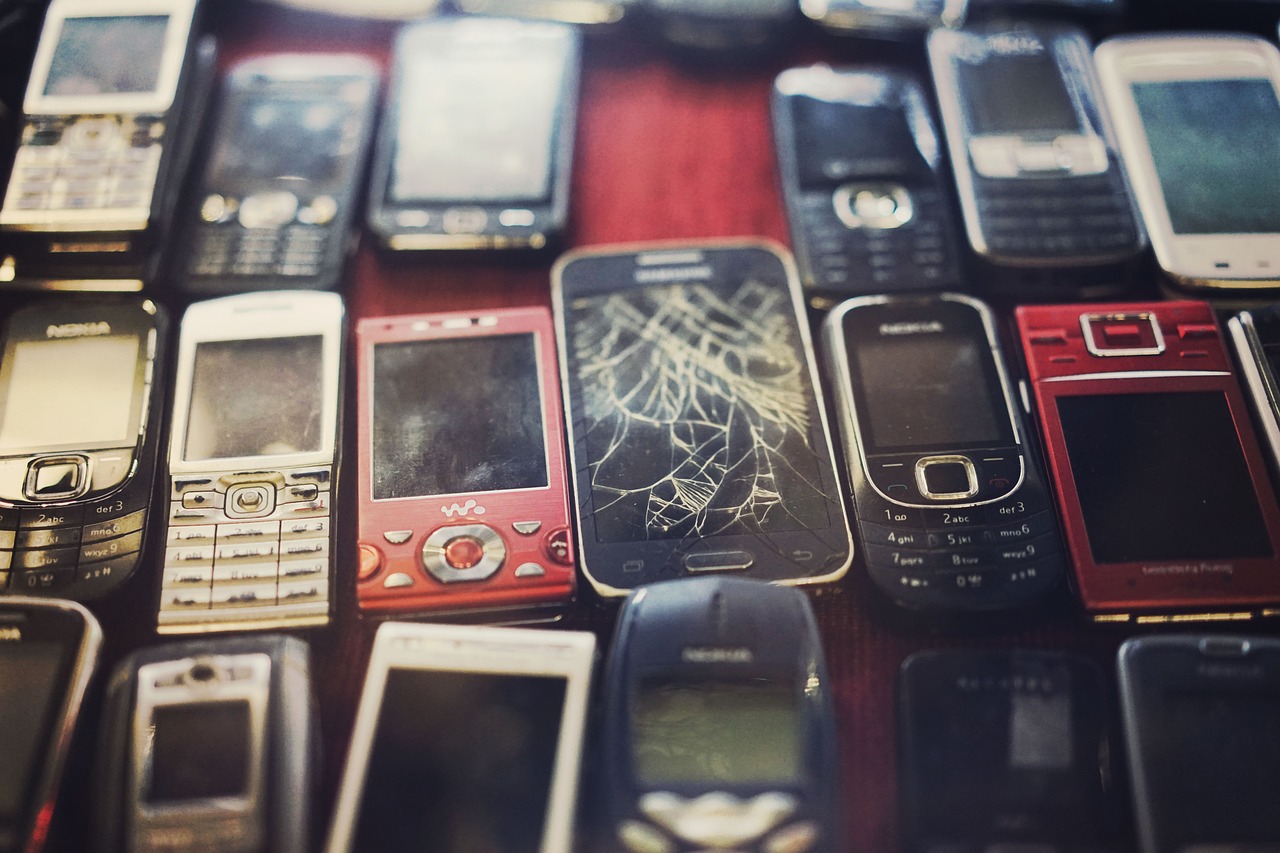
Another set of holidays has come and gone. Thinking back on this holiday season, did you receive any electronic gifts? Maybe you received a “smart” device for the first time, or perhaps you got an upgrade on an older device. If so, this is an excellent time to decide what your priorities will be for the next year, including how long you want to hold onto electronics and how you can responsibly dispose of old or unused ones to prevent electronic waste, or e-waste, from building up in landfills.
What Is E-Waste?
The National Institute of Standards and Technology (NIST) defines e-waste as “discarded electronic products powered by either a battery or plug.” It isn’t only our small, handheld devices such as batteries, phones, and tablets that can constitute a waste problem; it’s also our appliances such as stoves, microwaves, refrigerators, washing machines, and dryers. Even products meant to reduce or mitigate the effects of climate change, such as solar panels, must be disposed of properly, reusing materials whenever possible, or risk becoming e-waste.
However, e-waste isn’t a problem of reuse alone. Some of the materials present in electric and electronic devices can be hazardous and/or toxic to humans and the planet, according to The Global E-waste Monitor 2020, a joint publication from the United Nations University and the United Nations Institute for Training and Research. These materials, such as “mercury, brominated flame retardants (BFR), and chlorofluorocarbons (CFCs), or hydrochlorofluorocarbons (HCFCs),” could seep into soil and water if the devices are improperly disposed of in a landfill.
As “the fastest growing component of the municipal waste stream in the USA,” e-waste clearly presents a significant and even dangerous challenge.
What can be done?
Tackling the Problem of E-Waste
There are many actions individuals and businesses can take to begin solving the problem of e-waste. For example, instead of purchasing new devices, choosing to buy refurbished items keeps devices in circulation and out of landfills longer. It also sends a signal to technology companies and retailers that consumers want to use their purchasing power on maintenance, service, repair, and refurbishment of used devices instead of the purchase of new items. This can encourage companies to create additional revenue streams and jobs to employ repair and service technicians. Alternatively, leasing or renting a device can be good circular options to consider if doing so is financially feasible.
However, what about situations such as the holidays when many people receive replacement or upgraded devices as gifts? What’s the best way to dispose of the older item without throwing it away?
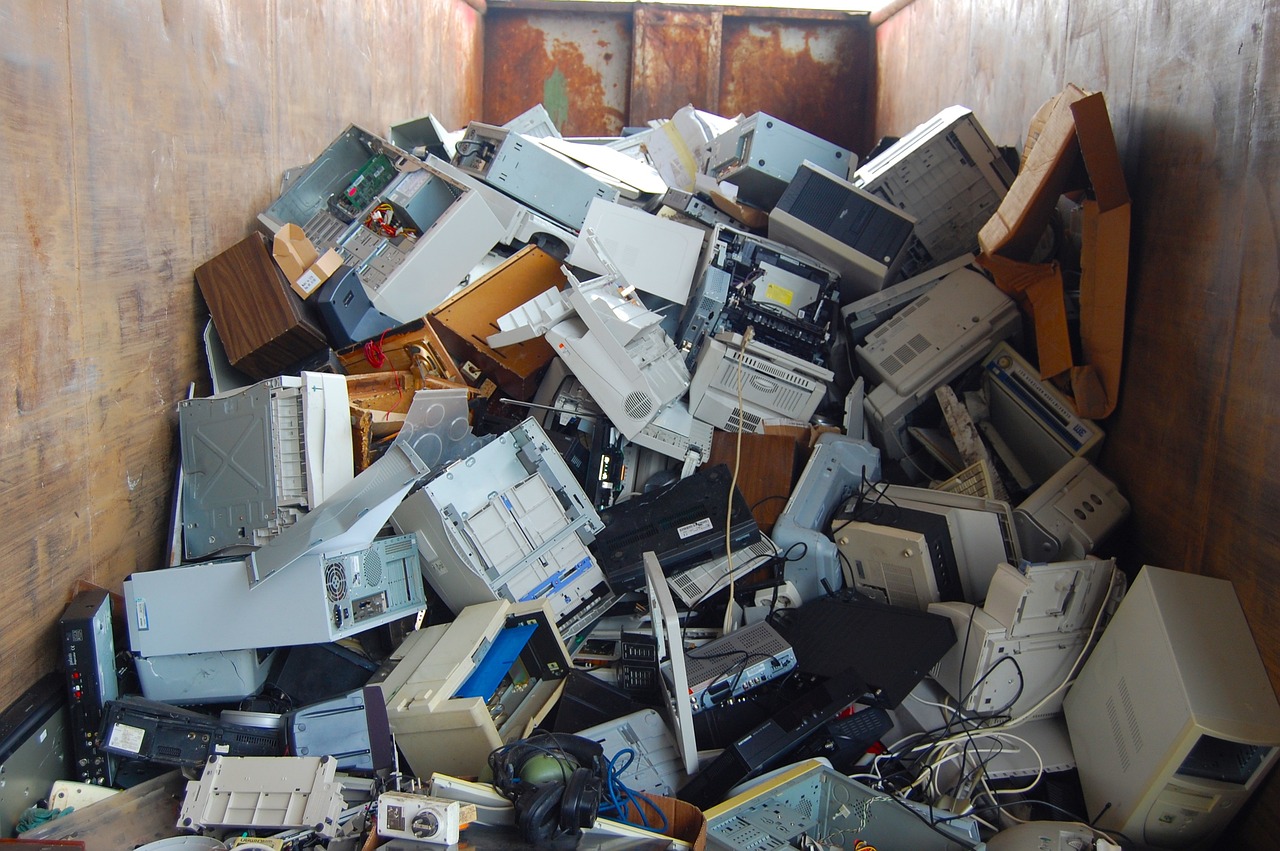
Many Options to Dispose of Devices
There are many options for parting with old or unused devices, and fortunately, many of these options are free of charge.
Remove Your Data
Regardless of how you dispose of your device, one of the most important steps to take beforehand is to remove your personal data and information from it. Some services can perform this task for you, but you can often do it yourself for free. The correct way to do this will vary across brand and device type, but Consumer Reports provides a good overview.
Reuse
Many devices can be reused or repurposed, especially if you or someone you know has technical skills. Earth911 has several great ideas for repurposing old laptops, such as turning them into a digital photo frame or gaming server.
Buy Nothing/Community Gifting/Freecycle Groups
These and other online groups enable users to give away items to others in their local neighborhood, community, or town. This can enable people to form relationships in addition to reducing their e-waste. Some groups use social media networks like Facebook to post or request items and coordinate pickups, while others use an app.
Donate/Refurbish Programs
If your item is in good repair, some local thrift stores accept electronics. If you do not have a local option nearby, you may be able to mail in your device to an organization such as World Computer Exchange, which provides computers and tech support to schools, NGOs, and organizations across the world.
In the Triangle, individuals and businesses also have the option of giving devices to Triangle Ecycling, a small Durham-based business that accepts numerous kinds of devices and teaches high school student interns from Durham and Chapel Hill-Carrboro schools how to refurbish them in preparation for a career in IT. Students also learn about e-waste sustainability and humanitarian issues, sustainable business models, and private enterprise. Their refurbished computers are donated to local nonprofits or sold locally or online. Individuals can drop off their devices at Triangle Ecycling’s location in Durham, while businesses nationwide may schedule a pickup. Computers and peripherals are accepted for free, while there is a small fee for printers, televisions, CRTs, and LCD monitors with broken screens.
Trade In
If it’s a mobile device you’re looking to dispose of, many retailers and carriers have trade-in programs that will provide credit toward a purchase or bill in exchange for your device. Note that the older the device, the less credit you may receive.
Sell
If you’d like to make a little extra money in addition to keeping your old device out of the landfill, you can sell it. Facebook Marketplace, Craigslist, and eBay are often used for this purpose, but there are also services such as Decluttr, SellCell, and EcoATM that you can try. If you do try to sell your device, beware of scams and use caution in the transaction.
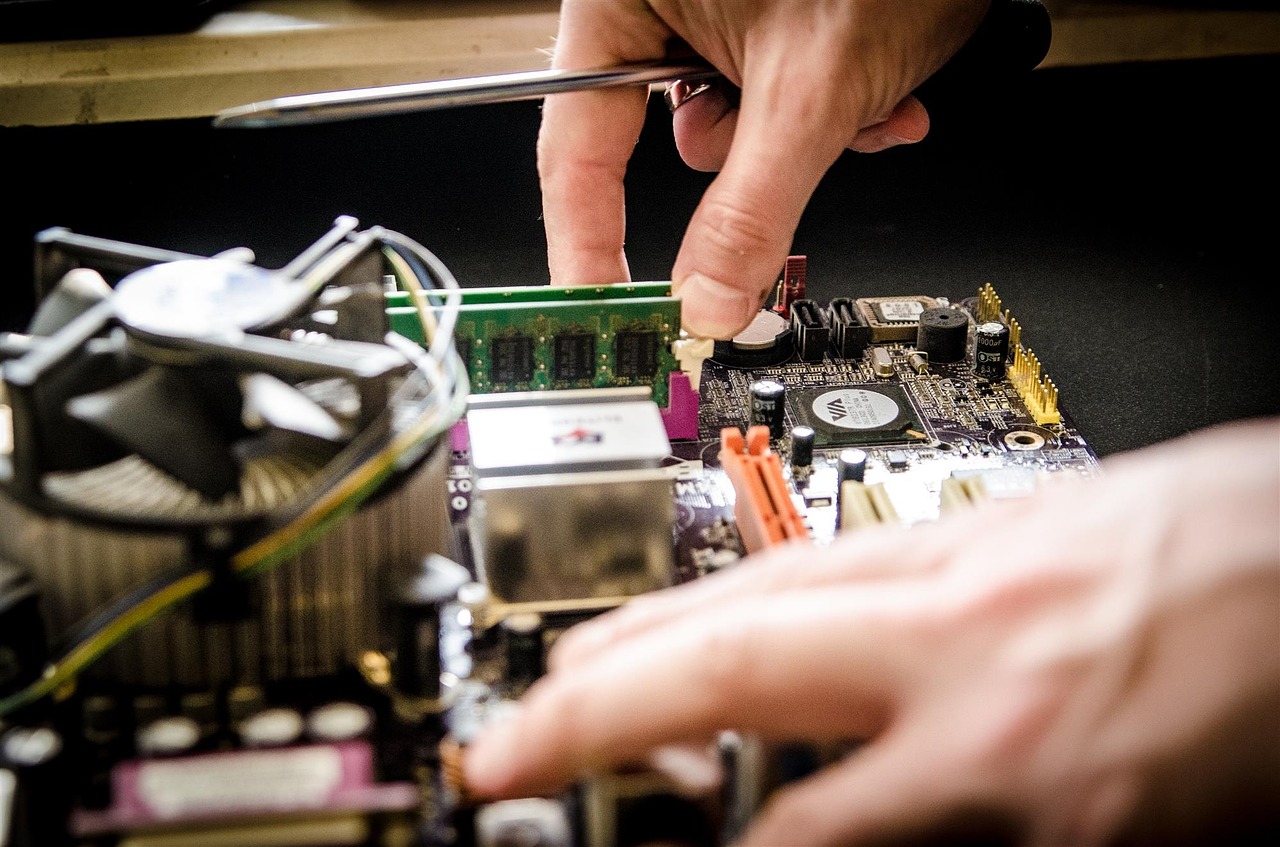
Repair
All devices are susceptible to damage regardless of age, as those of us who have dropped our brand-new phone and cracked the screen are aware. Even when we’re careful with our gadgets, rampant planned obsolescence can leave us scrambling to figure out how to fix the latest broken part. Assuming it’s financially feasible, it is often easier to simply buy a new device and be done with it. While items may be difficult to fix depending on the problem, brand, model, and device type, repair is still better whenever possible than throwing away the device…not to mention less expensive than buying a replacement.
The question then becomes how to repair the item. If you have the knowledge, skills, and supplies, you may be able to fix the device yourself. If not, however, there are options available either to learn or pay another service for the repair, such as:
- Repair Cafes, which started in Amsterdam and have spread across the world, are free meeting places led by volunteer members of the local community. These volunteers bring tools and materials to the meetings and work alongside the owners of broken items and teach them how to repair the items. Repair Cafe North Carolina hosts repair events periodically across the state in six towns.
- Local/mom-and-pop repair shops are located all over. Not every shop will do the same high-quality work, however, so do your research before taking your device in.
- iFixit is an online repair community offering replacement parts, tools, free repair guides, and an online forum to encourage and assist in repairing devices.
- Best Buy offers GeekSquad repair services.
- While many manufacturers make it difficult to repair a product to incentivize consumers to purchase a new one, others will allow repairs made either by their certified technicians or independent third parties. Before giving up on a repair, it’s worth checking what’s available for your device. NOTE: depending on the device type, Right to Repair laws in your state may make it illegal to prevent repair. You can find the status of Right to Repair legislation in your state at Repair.org.
Recycle
To promote a circular economy, it’s best to keep devices in use for as long as possible. However, there are times when items are either beyond repair or it doesn’t make sense for other reasons to keep them in circulation. In these situations, recycling can provide an alternative.
Recycling electronics can be difficult and therefore is a controversial option, especially when offered by large corporations. However, there are legitimate companies that offer electronics recycling, such as Durham-based The ReCollective, Raleigh-based Anything With a Plug Recycling, and nationwide franchise Batteries Plus. Recycling services are also provided by local or county governments. We have several of these in the Triangle, such as:
- Cary Citzen’s Convenience Center
- City of Durham Waste Disposal and Recycling Center (Transfer Station) and Television Collection
- Fuquay-Varina Electronic Recycling Center
- Orange County Waste and Recycling Centers
- Wake County Convenience Centers
You can also use websites such as Earth911’s Recycling Search database or the Consumer Technology Association’s Recycle Locator to find local retailers and organizations that accept your device.



